The New Mac mini is Quickly Turning into a Disaster

Mac mini fans waited a heck of a long time for an update and, upon witnessing Apple’s unveiling of the 2014 Mac mini during October’s iPad event, issued a collective sigh of relief. Finally. Sure, the new model sported the same form factor as its predecessor, and there was seemingly nothing radical to justify Apple’s delay in updating the product, but at least the Mac mini could finally get the “new” features that have been available on other Macs for over a year, such as PCIe-based flash storage, Haswell processors, and 802.11ac Wi-Fi. Apple also cut the entry level price by $100 to boot, bringing the system back to its original, psychologically significant $499 price point.
But it didn’t take long for even this arguably consolation prize-style update to begin to unravel. It was soon revealed that Apple was using soldered RAM in the new Mac minis, an unfortunate development that meant that customers would no longer be able to upgrade their memory after purchase. Want the maximum 16GB of RAM for your new Mac? That’ll be $300 extra at checkout, with no option to find a cheaper third party alternative, or upgrade down the road if memory prices decrease.
Compounding the memory upgrade situation is the company’s choice of CPUs. Yes, they’re Haswell, but they’re not as fast as their 2-plus-year-old Ivy Bridge predecessors. The old 2012 Mac mini lineup included options for both dual- and quad-core CPUs, but the new 2014 models are dual-core only, and the efficiency improvements in Haswell can’t compensate for the loss of those two cores.
Moving in Reverse
So, what does this mean? At best, it means only very modest improvements for some models, certainly less than most would expect from a system as old as the 2012 Mac mini. At worst, it means a dramatic decrease in performance, with some 2012 configurations absolutely destroying their 2014 counterparts in multi-core workflows.
Apple elected to use an underpowered class of Haswell chips in the new 2014 models, and there seems to be absolutely no reason for it
According to Primate Labs, makers of the popular cross-platform Geekbench tool, single-core performance for the 2014 Mac mini is up to about 11 percent better than the 2012 model in some configurations, but a staggering 40 percent worse in comparisons of the top-end models for each year. No wonder Apple hides the Mac mini on the second page of its online store listing.
Here’s a quick overview of the performance difference between the 2012 and 2014 models, based upon the best verifiable 64-bit Geekbench score. We’ll start with single-core improvements using the following specifications:
- Entry Level: 2.5GHz i5-3210M (2012) vs. 1.4GHz i5-4260U (2014)
- Mid Range: 2.3GHz i7-3615QM (2012) vs. 2.6GHz i5-4278U (2014)
- High End: 2.6GHz i7-3720QM (2012) vs. 3.0GHz i7-4578U (2014)
[table id=15 /]
Single-core performance is indeed better, but not by much, with only the high end configuration enjoying a modest 11 percent improvement. Here’s multi-core performance, where things get ugly:
[table id=16 /]
Ouch. If you were waiting on a new Mac mini to replace a mid-range editing or production workstation, or if you just wanted a new mini that would make encoding home movies in iMovie faster, you’re completely out of luck. Apple elected to use an underpowered class of Haswell chips in the new 2014 models, and there seems to be absolutely no reason for it.
Apple executives, including the late Steve Jobs, used to frequently tell their audiences that the new Mac-whatever was “the fastest Mac-whatever yet,” and every time I heard that I would think to myself, “No kidding. I mean, if you come out with a new iMac or Mac Pro and it’s slower than the one that came before, you’ve made some kind of serious mistake!”
Of course, there are occasions when a reduction in performance from one model to the next is not necessarily a bad thing, and the trade-off between performance and battery life is a perfect example. In fact, Apple has made great strides in terms of battery life on the company’s MacBook line, with new models occasionally slower than their predecessors over the years.
But the Mac mini is a desktop, and power consumption is nowhere near the same level of importance compared to a portable device. Even with a reduction in idle power usage (which I’ll touch on in a moment), the 2012 Mac mini was already one of the most efficient desktop computers on the market. Is such a drastic loss of performance worth saving just a few watts at idle?
Who Would Buy This Thing?
Okay, so I’ve been pretty hard on the 2014 Mac mini so far, and while I think it’s a terrible deal for most users, there are still a few reasons that a new 2014 model makes sense over a used 2012-era mini.
Graphics: If you plan to use your Mac mini for any kind of gaming or computational work that leverages the GPU, the 2014 mini will offer a bit more performance. The exact numbers vary wildly depending on the task, but you can expect the Intel HD 5000 or Iris 5100 GPUs in the 2014 Mac mini to beat the Intel HD 4000 GPU in the 2012 model by between 15 and 80 percent.
Connectivity: The importance of this category will depend entirely on your planned workflow, but the 2014 Mac mini offers connectivity options that aren’t available in the 2012 model, including 802.11ac Wi-Fi and two Thunderbolt 2 ports. However, that extra Thunderbolt 2 port comes at the expense of FireWire 800, which is now completely absent from Apple’s product line (RIP, FireWire). Of course, you can always work around this limitation by using one of those Thunderbolt ports with a FireWire adapter or FireWire-enabled dock.
Storage Speed: A 2012 Mac mini with a solid state drive was no slouch, but if you elect to upgrade to the PCIe-based flash storage on the 2014 mini, you’ll see some significant performance gains. The 2014 Mac mini’s solid state storage, unencumbered by the SATA interface bandwidth limitations experienced by its predecessor, is about 60 percent faster for reads, and 50 percent faster when it comes to writes.
Energy Efficiency: As mentioned earlier, this isn’t a huge deal for most users, but the 2014 Mac mini uses half the power at idle compared to the 2012 model. Of course, the 2012 model was already idling at an impressive 10 watts, so the roughly 5 watt idle usage from the 2014 model suddenly appears less significant.
To put energy efficiency in perspective with a best-case scenario, let’s say that your future Mac mini will idle for 16 hours per day, which is not an unrealistic figure considering that the system will have periods in an idle state even while you’re using it. With an average energy cost in the United States of about 12 cents per kilowatt hour, the 2014 Mac mini’s 5 watts of savings at idle equates to about $3.49 per year. Assuming the absolute highest cost of 36 cents per kilowatt hour, you’re still only looking at $10.48 worth of energy for the entire year. So, yeah, militant environmentalists will appreciate the efficiency improvements, but for everyone else, such improvements are only a small bonus that’s likely to go unnoticed.
A Holding Pattern?
Some users may indeed value the 2014 Mac mini’s advantages over the 2012 model, even if those advantages are relatively minor. But questions over the new model’s underpowered components and the timing of its release remain. Apple waited almost two years — 723 days — to update the Mac mini, and there are no fundamental changes to to the product that justify the delay. So, why did it take so long to produce an arguably mediocre product?
The first, and likely correct, theory is that the Mac mini is simply not a priority for Apple. The mini’s fans, myself included, are a vocal minority and fond of its versatility, but Apple is becoming increasingly consumed with gadgets, consumer electronics, wearables, and even fashion. It’s unlikely that the company will abandon the Mac any time soon, but it’s also unlikely that it will choose to expend resources on a tiny part of a relatively small segment of its business. More exciting, higher profile, and higher margin products, like the new iMac with Retina 5K Display, are more worthy of the company’s finite attention.
But there’s another possible theory: Apple is working on something big for the Mac mini, and it just couldn’t pull it together in time for a release this year. Sensing customer frustration, and the embarrassment to the company of keeping a two-year-old computer on the market, Apple hastily threw together a component upgrade at as little cost as possible.
Several rumors that circulated in the months before the mini’s 2014 update offer some ideas of what exactly “something big” means. The next Mac mini could be a test platform for Apple’s potential transition to ARM-based processors. It could also serve as the next step in Apple’s home automation plans, merging with the equally neglected Apple TV and AirPort Express to form a hub that combines OS X computing with entertainment and home control features.
Just a Disappointing Landing
If I had to put money on it, I’d stick with the first theory, and wouldn’t be surprised if Apple phased the Mac mini out in the next few years. The company’s mobile lineup is becoming increasingly, almost alarmingly complex, and Apple executives would likely be glad to simplify the less profitable and popular aspects of the company’s business.
That’s a reasonable and understandable business strategy, but it leaves long-suffering Mac mini fans out in the cold. The 2014 Mac mini is still the cheapest way to buy a Mac and, even with its significantly reduced multi-core performance, it’s still more than capable of handling basic day-to-day tasks.
But the Mac mini during the last few generations had the potential to be powerful. Maybe not at the entry level configuration and price point, but the upgrade options were there for those looking for a powerful Mac at a relatively affordable price. Now, with the underpowered processors found in the 2014 Mac mini, users looking to upgrade will either have to take their chances finding a used 2012 model or spend significantly more on an iMac or, if they prefer their own display, a Mac Pro. It’s a depressing realization for a group of dedicated fans who have grown to love the Mac mini, but it may be time to walk away from this mess.

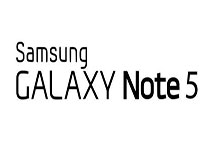
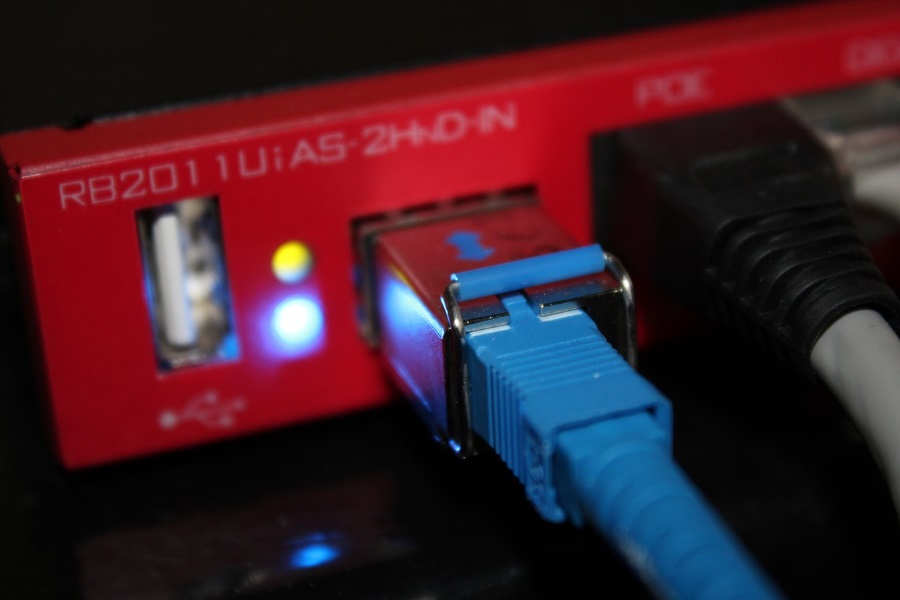

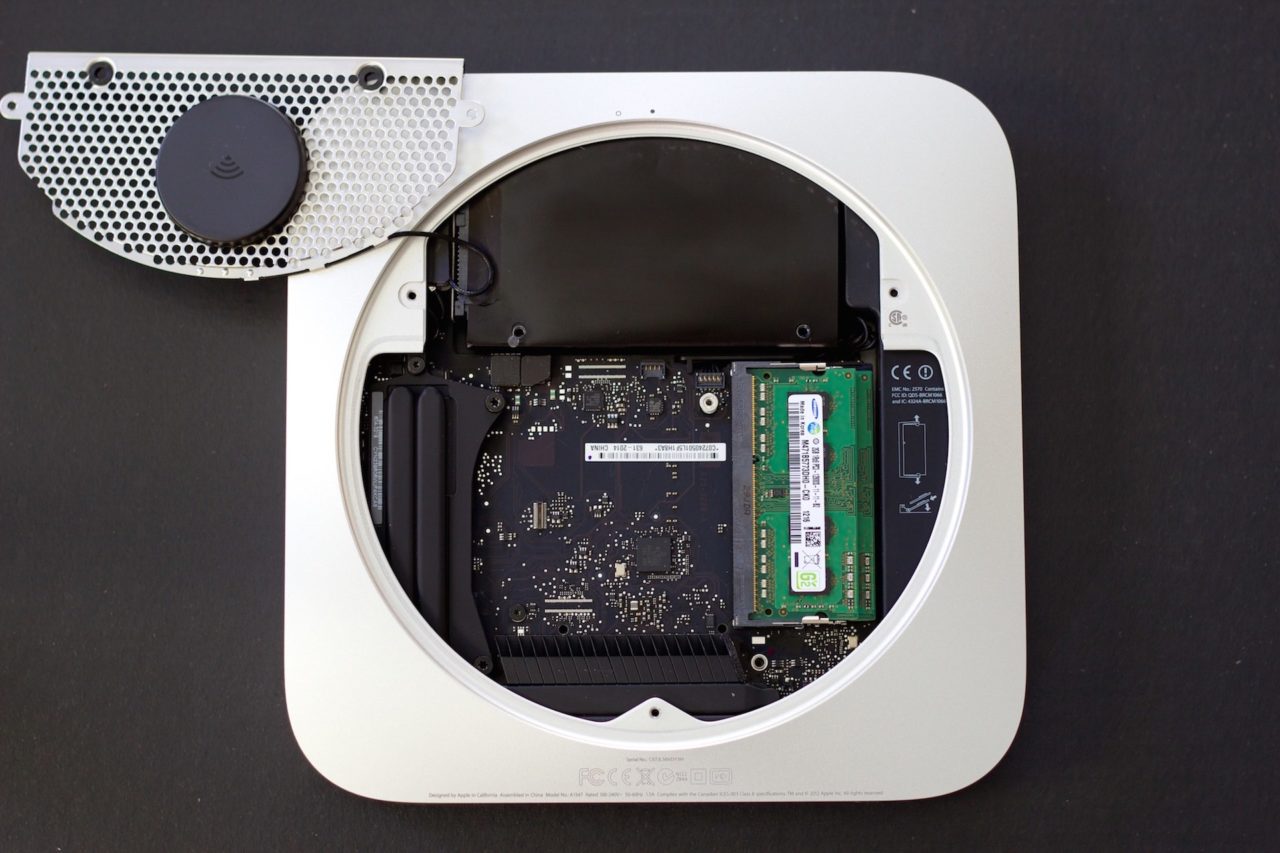
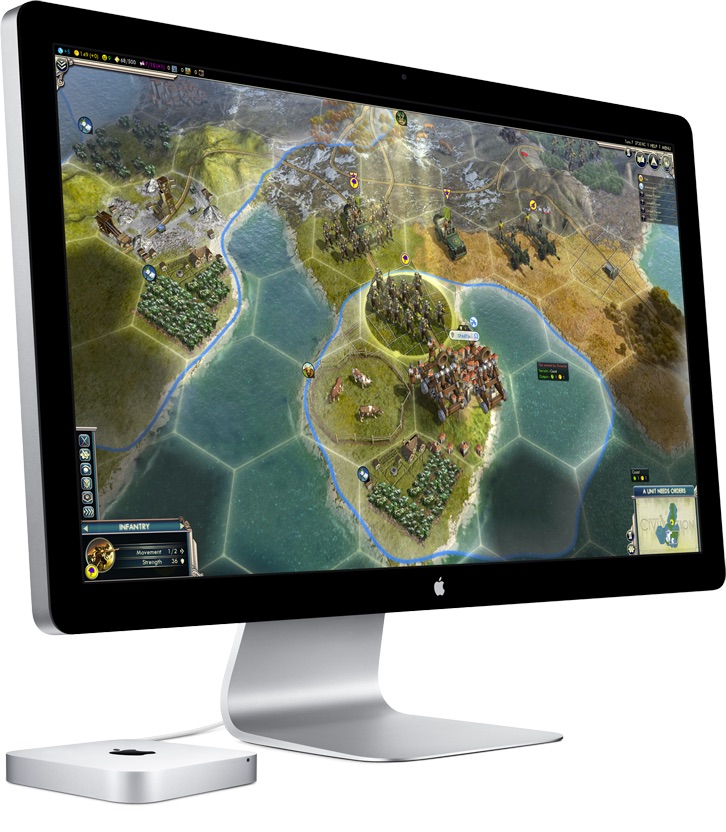
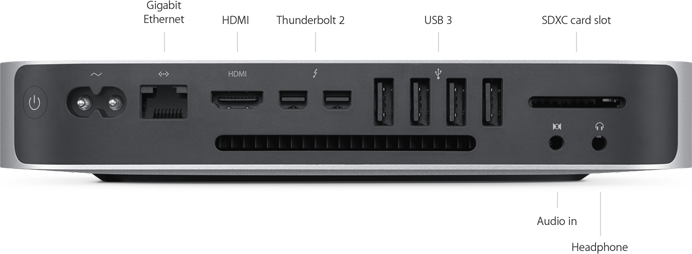
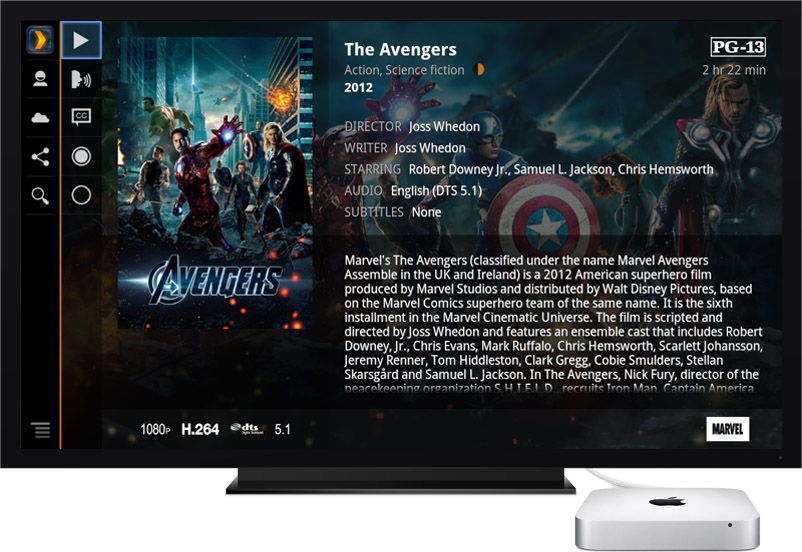
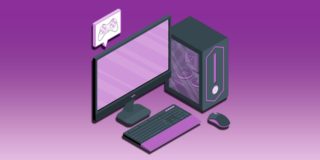
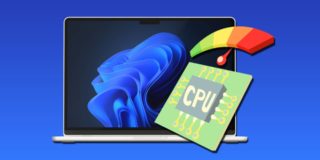
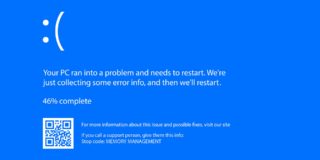


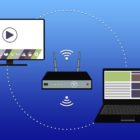
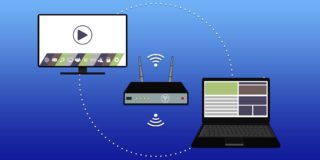





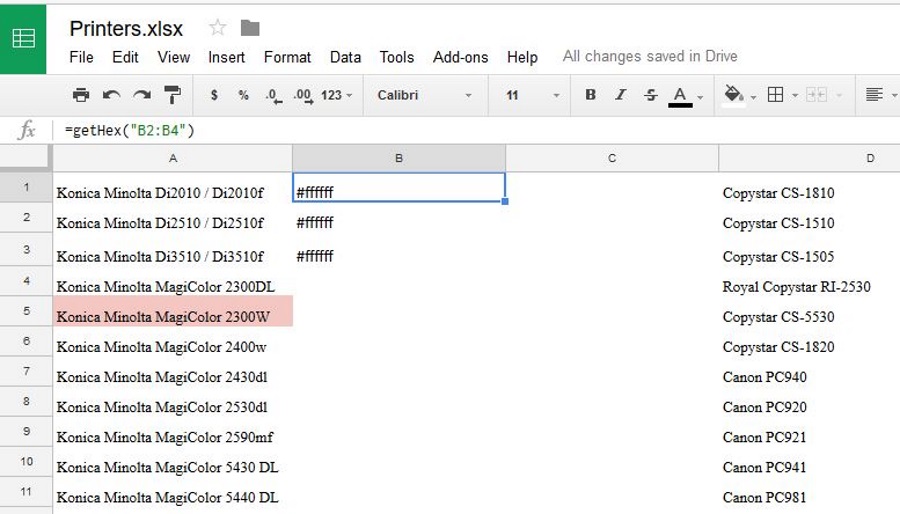
30 thoughts on “The New Mac mini is Quickly Turning into a Disaster”
Because one product by a competitor is deemed inferior (other might disagree) won’t elevate the quality of a new mac mini, much less make idiotic design choices (based on increasing the speed of obsolescence and sales turnaround times) a decision that will benefit consumers in any way. It’s solely shrewd business move forcing end users to get a new machine more often than ever before. That’s just a fact as it’s a fact that I am writing this on a Mac Pro 8-core from 2007 with some upgrades which still works absolutely fantastic with graphics and video software and it’s even using (despite the imposed absurd limitation…again rolled out solely for obsolescing purposes) El Capitan 10.11.3.
Apple has cared far more for its mobile line of products than for desktop ones. It pats itself on the shoulder when it comes with “innovative” designs like the pro no real pro would want to buy (proof is in the massive used market of pre 2013 trashcans. And has been sitting on its laurels mostly because the vast majority of Apple users use laptops and most corporate use has shifted to iMacs.
Mac mini for home aren’t sought after anymore (after all since one still needs a monitor might as well get an iMac too!). So with pro sticking to old pre-trashcan models or getting iMacs, with home users getting laptop or iMacs, and with the rest using mosty PCs, I am surprised mac minis are even alive today.
What’s really upsetting is that PC manufacturers for the most part haven’t really dedicated themselves to making small and power efficient/low power form factor PCs as mainstream as they should (no wonder there’s an army of extremely affordable and low power Raspberry Pi devices deployed everywhere for home entertainment and some home automation/IoT.
So the lameness is on both sides… not just one. And something being the lamest (in your opinion that would be NUCs), won’t make the other thing cool, much less great and attractive.
Not looking for a high end gaming workstation or XBox/PS4 replacement that would also be an NLE and effects powerhouse… rather something workable across the board which would stay below 200W peak consumption (ideally below the 100W as mac laptops use 65W~90W power bricks and the the mac mini has an 85W internal PSU). I mean, if one could do all that (video, gaming, etc) on a retina macbook pro running off internal battery, or on a mini with an 85W PSU, why can’t competitors in the PC world can’t offer a darn semi decent low-power compact PC that could do the same?!
That’s why I even considered the mac mini, sadly can’t run Windows natively (though possible through virtualization albeit with some limitations). I got several mac and have owned many across the years (my first one was a Macintosh Plus with OS 7.5.5) and that’s why I get ticked off by the choice of going backwards like stepping down from 4 core to 2 (albeit with slightly better on-die GPU), even worse to make RAM impossible to upgrade as it comes ONLY soldered on the logic board, which is definitely not OK and does not save space, besides it’s not like we’re talking of an ever-shrinking Macbook Air therefore NO, there’s no good reason for ditching upgradable RAM slots in favor of soldered chips. And by the way who says the mac mini should be thin so any sacrifice in the name of size would be justified? IT’NOT A MOBILE DEVICE APPLE! They even ditched the 2nd sata port that was present on the 2012 models hence can’t beef up internal storage anymore with a strategic update.
So in conclusion, I get you’re pissed beyond imagination about having experience a NUC being an absolute pile of steaming cow dung and I hear you even when there will surely be others who will love their NUCs and will disagree with you. Though you might also hear me, just because Intel doesn’t hold itself to higher standards and sells as PCs what are really pile of gobshite that would at most be good as door stops, that does not mean for me that a chocolatier who used to make great tasting treats can get away with filling up the box of treats with increasingly lower quality goodies, because before you know it you’ll might as well find yourself holding a branded small rectangle of solidified dog poop indeed! ;)
It would be fine again if I left it for an hour or so, only to die again later for no reason (even when just sitting there alone not being used).
My Dell laptop makes the rubbish display and lack of sound on the NUC look like it’s decades ahead. And it works, without having to add peripherals.
The NUC is the hands-down winner for The Worst Piece Of Tech I Have Ever Owned, and that’s saying something considering I once had a Sinclair ZX50!
A woefully under-specified hard disk which fails to create a balanced performance configuration – despite being connected to a 6 Gigabit capable SATA III chipset the 5400 RPM HD only manages a 3 Gigabit negotiated link speed. Leading one to be believe it is a best a SATA II drive – a 10 year old technology that was replaced in 2008.
An inadequate & non-upgreable memory configuration of 4GB
Built down to a cost not representative of Apple’s past quality offerings
To prove my point I created a OSX El Capitan boot drive on a £20 USB 3 memory stick and booted the MacMini from that – in comparison the internal drive, the machine flew and that was just using the USB 3 interface which is much slower than the internal SATA3 interface the machine has!!
It seems all computer manufacturers are touting CPU performance – whereas the speed bottle neck in most computers has always been the hard drive interface.
But besides a decent amount of RAM (16GB?) what do you recommend?
The CPU speed primarily matters when it comes to compiling your apps. If you plan to do a lot of iteration and testing, you'll want at least a quad-core CPU like those found on the iMac or 15-inch MacBook Pro so that you can compile quickly. On the other hand, if you don't mind waiting, any Mac released in the past 3 years or so should suit your needs.
A good place to save some money on recent macs is the Apple Refurbished Store. Apple regularly refreshes its refurb inventory, so check back frequently if you don’t see anything enticing at first glance. If you see a 2012 Mac mini pop up there, I’d grab it. Otherwise, check places like eBay and Craigslist for used Macs. The 2011 quad-core i7 iMac is still a beast of a system and will suit you quite well for app development. A quick check on eBay shows that they’re going for around $1,200.
I’m not sure where you got the idea compile is cpu-bound. For all the libraries and parsing and information that goes into compiling and linking, the system spends the most time waiting for IO in almost (almost) all developer activity.
” It’s $100 cheaper,”
Welcomed, but miniscule.
“better connectivity,”
Marginally, and only of advantage to heavy Thunderbolt users, and likewise heavy WLAN users. NB: 802.11ac running 5 GHz band will have the same performance problems that 11n had if there isn’t line of sight between base station and computer. In that case, ac won’t be much of an advantage.
“better power savings,”
Likewise welcome, but miniscule.
“better graphics.”
Again, this is welcome, but really only of relevance to gamers, and gamers wouldn’t use a computer with an integrated graphics subsystem. They would go for a iMac, if at all a Mac.
Then there is the drawbacks, specifically the soldered RAM, which is a pig move by Apple. Thats the sort of stuff I’d come to expect from bottom-of-the-barrel PC manufacturers.
You are buying the wrong Mac if you are frustrated that the mac MINI doesn’t let you mess with every feature you want. Mini means it is not a pro, even if Apple packs the same power they pack in pro models.
I don’t want “pro features.” I want at least the same performance as the 2-plus-year-old model that the “new” one replaces. It’s not a matter of cost, it’s a matter of practicality. The Mac Pro or iMac are not suited for the tasks of the mini based on their form factors. As I said, it would be one thing if Apple made significant changes to the mini’s form factor, or introduced some other radical change that could compensate for lower performing chip selection. Instead, they give out the bare minimum (802.11ac and Intel Graphics are years old now) in the same form factor with less repairability/upgradeability and significantly reduced multitasking performance. Take a minute, think critically, and explain how that assessment is “misleading.”
I never mentioned you wanting pro fratures. The mini is simply an entry level computer regardless of what previous models offered. You are given certain liberties. If you want more get a model that fits your style better.
The Mac mini, in terms of power usage and size, cannot be replaced by an iMac or Mac Pro. That’s why I (and many, many others) characterize it as a disaster. Those who rely on this product line waited years for an update and we were offered something that, in many ways, is worse than what came before.
If Microsoft came out with a new Surface tablet, for example, that was 40 percent slower than the model it replaced, the company’s critics and customers would be rightfully upset, and it would be the topic of derision on many Apple- and technology-related blogs and websites. It’s therefore quite acceptable for Apple to face the same reaction in a similar situation. You obviously are not familiar with the capabilities and usefulness of the previous generation of Mac mini, especially as they relate to the diminished capabilities of this new model, and that’s OK. But it’s not unreasonable to consider this latest update from Apple to be disastrous for the needs of many Mac mini users.
Only Good thing about new mini is Iris Graphic. Oh! and another thunderbolt port, wow a pro feature.
If you don’t use mini’s don’t do groundless talk.
If you actual wait for mini or currently owned mini 2012, you will call this 2014 disaster. Since I may need to wait another 2 years for replacement of my 2012. Also unsure that what 2016ish will be good or underpowered, waiting 4 years without fortune is a disaster indeed.
I AM DISGUSTED WITH APPLE MANAGEMENT. AND I DON’T BELIEVE THEY ARE INTERESTED IN THE CUSTOMERS’ WANTS AND NEEDS. NEXT THEY WILL DISCONTINUE THE MAC MINI ALL TOGETHER.
PHOOEY ON APPLE, POST JOBS!
I had cash in hand, ready to spend on a new Mini, but after seeing the specs on the new model, I’ll keep both my money AND my 2012 Mini.
I use my Mini for family video transfers, media server, and general work computer for things I do at home.
Soldered memory?
Questionable CPU switch?
Hard drive restraints?
No thanks, I’ll pass…
http://skepticalscience.com/global-warming-positives-negatives.htm
I’m not sure why Apple did this, but it doesn’t feel like they are keeping with their premium positioning with this refresh.
To tell you the truth there was not much difference but I did remove nearly all of Apples Application`s.
I had an iMac,but it had trouble with the faulty screen issue and the fault was in the screen itself.
If you want to see it done go to gerrysweeney.com and you will see him fixing it it`s worth watching him.
I have the new Mac Mini now and I am not very happy with it.
If I knew it was just the basic model and now I have to upgrade it to 16 GB plus the Fusion Drive.
I was trying to buy the Mountain Lion Mac Mini but there seemed to be a rush to buy them because the bottom could screw off and you could upgrade the memory and hard drive your self.
I can`t understand Apple the Mac Mini could be the best computer ever made,and my old one 2007 proves it I am still connected to the internet it`s slow has you would expect and I have Photoshop on it.
I get annoyed when they keep on saying that it is the cheapest Apple Mac to start off with when it`s quite clearly not, has the guy below proved it by getting all the top specs.
I would scrap the iMac and concentrate on the Mac Mini.
A PC Machine was always a better option. Mac Mini has an appeal in budget markets.
Small developers have huge savings in Mac Minis . $10/year doesn’t matter in a 5-10 machines company. Imagine in a solo mobile developer (me included).
If you have a big company you buy tons of iMacs an Mac pros in volume. Cheaper than retail market.
I have a fast PC and Mac was always too expensive and I don’t saw any productive improvement for my business in using Mac. Windows and Linux solve my problems, EXCEPT compiling and publishing for Apple plataforms.
The only product I saw some benefit was Mac Mini. Cheap memory/hdd upgrade and CPU scalability.
It’s expensive to play in Mac, so, Intel Iris has no benefits to me.
The 802.11ac it’s a good improvement, but you can buy an external USB . Not a big deal.
Mac Mini was always agood option for people that wants to try Mac for firt time.
The server was a good option for companies and individuals to develop products for Mac, in same time they still have a Windws/Linux business .
The HD 5000 is not a good option to play games, Iris is insteresting BUT ONLY THE IRIS PRO.
The average Iris has a small advantage over HD5000.
I don’t see any Iris Pro in the configuration because the use of cheap 2 cores, low power CPUs.
So, I don’t think the point is turn Mac Mini into a reasonable cheap game machine . This could be interesting to gain users from PC machines.
I think the point is : cut 100 dollars in price for entry level and make other configurations more expensive.
The buyers will not see if you got a cheaper entry level.
CPU makes difference in productivity for me to make Apps for mobile, even Games.
With a HD4000 and 16 GB RAM, the video memory raises to 1024MB. And the video performance is enough to test mobile apps.
I made my decision : I bought an old stock Mac Mini Mid 2012 server and an Apple care for it.